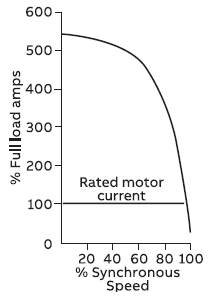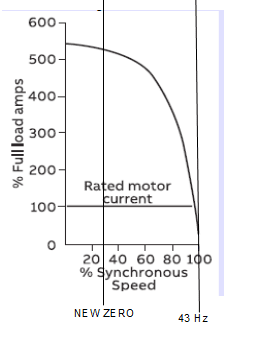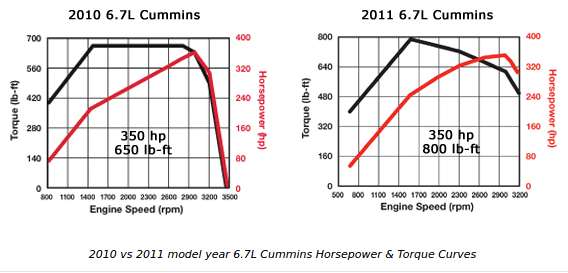Hello All,
I am new to the forum and joined to see if I can learn more about calculating Technical Data when Starting Electric Motors on Water Pump systems.
Have been exposed to various Starting methods including DOL (generally LRC is 6x times FLC) and VSD / Soft Starters (Changing Frequency/ Speed/ Voltages).
Is there a way to calculate the expected In-Rush Current of an Electric Pump Motor based upon Varying Frequency and Voltage.
We have built and supply a range of Variable Speed Generators (use Speed Actuator on Engine for 1300rpm thru 1800rpm + AC Generator with Special AVR + Pump & Generator Controller working in unison to Start and Protect Electric Pump Motors without VSD or Soft Starter- eliminate Harmonics, RF Filtering, Screen Cables etc.).
Our Generator Output Supply ranges from approx. 350V 43Hz (1300rpm) thru 415V 50Hz (1500rpm) thru 470V 60Hz (1800rpm).
We successfully have Started Electric Pump Motors (similar to DOL) by Ramping UP to eg. 1750rpm and Engaging AC3 Rated Contactor to manage In-Rush and Start Motor (AC Generator is suitably Oversized to support 60Hz Rated Output and Motor Starting Demands).
What we are trying to calculate is the possibility to Start the Pump Motor at lower Speed (eg. 1300 rpm 43Hz) - where our Voltage is approx. 350V.
Is it possible to consider and calculate the Starting Demands at the Lower Speed and Output Power.
My apologies for a long message but some background information is a key part of the questions.
Any Technical information and advice that is applicable and can help us better analyse the Low Speed Starting viability would be greatly appreciated.
Kindest Regards, Ian.
I am new to the forum and joined to see if I can learn more about calculating Technical Data when Starting Electric Motors on Water Pump systems.
Have been exposed to various Starting methods including DOL (generally LRC is 6x times FLC) and VSD / Soft Starters (Changing Frequency/ Speed/ Voltages).
Is there a way to calculate the expected In-Rush Current of an Electric Pump Motor based upon Varying Frequency and Voltage.
We have built and supply a range of Variable Speed Generators (use Speed Actuator on Engine for 1300rpm thru 1800rpm + AC Generator with Special AVR + Pump & Generator Controller working in unison to Start and Protect Electric Pump Motors without VSD or Soft Starter- eliminate Harmonics, RF Filtering, Screen Cables etc.).
Our Generator Output Supply ranges from approx. 350V 43Hz (1300rpm) thru 415V 50Hz (1500rpm) thru 470V 60Hz (1800rpm).
We successfully have Started Electric Pump Motors (similar to DOL) by Ramping UP to eg. 1750rpm and Engaging AC3 Rated Contactor to manage In-Rush and Start Motor (AC Generator is suitably Oversized to support 60Hz Rated Output and Motor Starting Demands).
What we are trying to calculate is the possibility to Start the Pump Motor at lower Speed (eg. 1300 rpm 43Hz) - where our Voltage is approx. 350V.
Is it possible to consider and calculate the Starting Demands at the Lower Speed and Output Power.
My apologies for a long message but some background information is a key part of the questions.
Any Technical information and advice that is applicable and can help us better analyse the Low Speed Starting viability would be greatly appreciated.
Kindest Regards, Ian.



